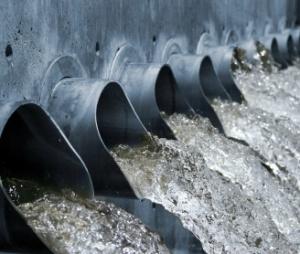
Environmental management groups are cracking down on industries by imposing tighter discharge limits and making industries everywhere contemplate in-house pretreatment programs--and dilution is no longer an acceptable solution.
EPA's National Pretreatment Program
The EPA came out with the National Pretreatment Program in 1973, creating discharge limitations and monitoring standards for industries. Typically, the only industries that are monitored and controlled by state and ultimately national environmental agencies are significant industrial users. Significant industrial users are defined by the EPA as:
"All users subject to categorical pretreatment standards and (2) any other IU that discharges an average of 25,000 gpd or more of process wastewater to the POTW; contributes a process wastestream that makes up 5 percent or more of the average dry-weather hydraulic or organic capacity of the POTW treatment plant; or is designated as such by the POTW on the basis that the IU has a reasonable potential for adversely affecting the POTW's operation or for violating any pretreatment standard or requirement [in accordance with 40 CFR 403.8(f)(6)]."
Confusing right? Basically the EPA (or your local Publicly Owned Treatment Works, depending on your local pretreatment program) has the ability to permit and monitor any industrial user that it deems capable of adversely affecting the treatment process of a POTW. The appropriate "definition" of an industrial user is vague to the extreme. Any nonresidential user is technically an industrial user. So, even if you have a manufacturing facility that is a closed system with all byproducts being shipped off to a hazardous waste hauler, you can be subject to a zero discharge permit.
Do you need a permit?
How do you know if you need a permit? The fastest, easiest way to find out if you need to be permitted is to contact your local POTW and speak with the pretreatment coordinator. In order to determine what type of permit you will need, they will likely have to come and inspect your facility. Be prepared to locate floor drains, and know if they drain to storm outfalls, or if they discharge to the sanitary sewer. Often, facilities will be requested to develop a spill prevention or sludge prevention plan if one is not already in effect.
If you would like more information on the National Pretreatment Program, the updated guidelines can be found here.


